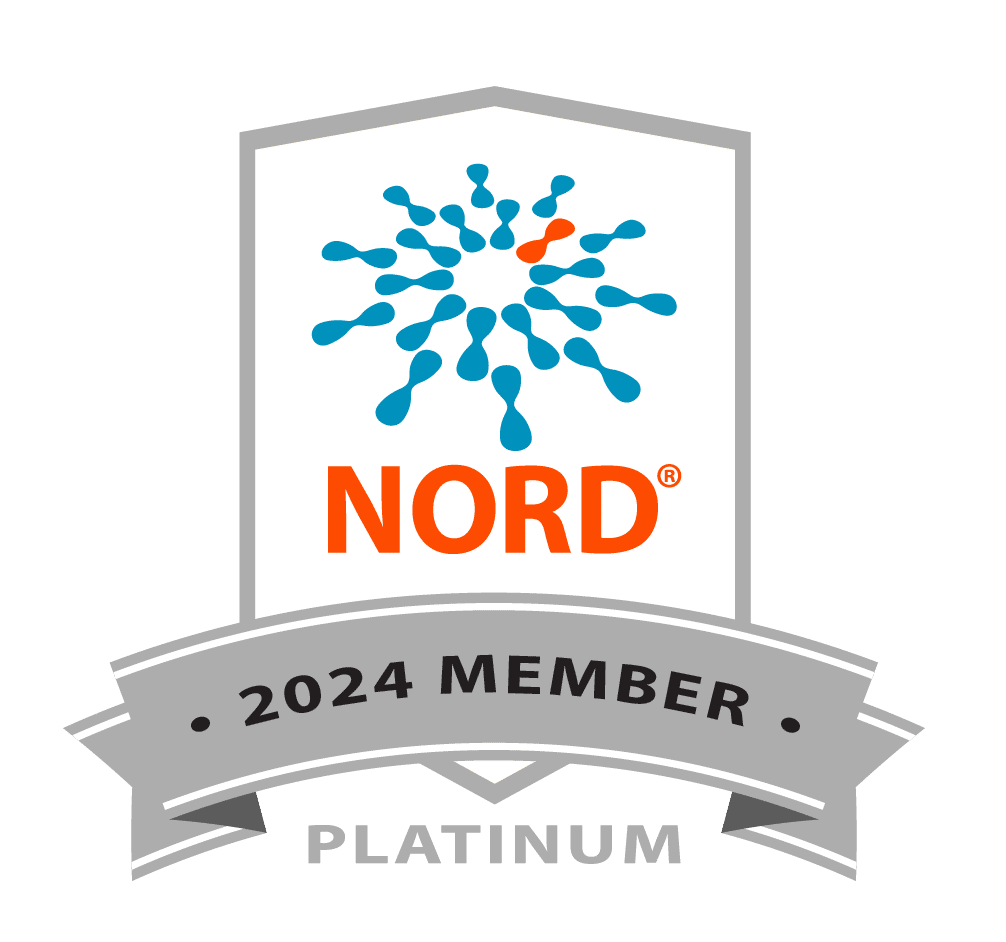Augmentation Therapy For Severe Alpha-1 Antitrypsin Deficiency Improves Survival And Is Decoupled From Spirometric Decline- A Multi-National Registry Analysis
Authors: Daniel D Fraughen1*, Auyon J Ghosh2*, Brian D Hobbs3, Georg-Christian Funk4, Tobias Meischl4,5, Christian F Clarenbach6, Noriane A Sievi6, Karin Schmid-Scherzer4, Oliver J McElvaney1,7, Mark P Murphy1, Adam D Roche1, Louise Clarke8, Matthew Strand9, Florian Vafai-Tabrizi4, Geraldine Kelly1, Cedric Gunaratnam8, Tomás P Carroll1†, Noel G McElvaney1†.
* Denotes co-first authorship.
† Denotes co-senior authorship.
Summary:
Although intravenous plasma-purified alpha-1 antitrypsin (IV-AAT) has been used as therapy for alpha-1 antitrypsin deficiency (AATD) since 1987 it has always been difficult to show clinical efficacy using measures acceptable to regulatory authorities. The nearest we have come to showing clinical efficacy has been the RAPID studies which showed decreased loss of lung tissue, as measured by CT lung density, in those receiving IV-AAT. The RAPID studies did not show any other clinical efficacy and it has been estimated that to show an effect of IV-AAT on lung function or mortality would require studying many patients over a prolonged period of time. In addition, given the promising results from the RAPID studies, it might be argued that doing a placebo-controlled trial in AATD raises ethical issues.
The study by Fraughen et al. published in the latest issue of the American Journal of Respiratory and Critical Care Medicine was a real-world observational study that evaluated 615 people with severe AATD from three countries over a long time period (c.10yrs). All these countries (Ireland, Switzerland, and Austria) have socialized healthcare where access to standard medical care is equal but access to IV-AAT is not. This study uncovered two distinct AATD phenotypes based on an initial respiratory diagnosis – lung indexes (had respiratory symptoms or COPD on initial referral) and non-lung indexes. Lung indexes demonstrated a more rapid FEV1 decline between the ages of 20 to 50 and subsequently entered a plateau phase of minimal decline from 50 onwards. Consequently, IV-AAT had no effect on FEV1 decline except in GOLD stage 2 lung index patients.
Perhaps more importantly, this study also demonstrated a significant survival advantage from IV-AAT. This improved survival is largely decoupled from FEV1 decline. The observation that severe AATD patients fall into two major phenotypes has implications for clinical trial design where FEV1 is a primary endpoint. Recruits into trials are typically older lung indexes entering the plateau phase and therefore, unlikely to show spirometric benefits. IV-AAT attenuates spirometric decline in lung indexes in GOLD stage 2; a spirometric group commonly outside current IV-AAT commencement recommendations. Despite this, it is now clear that IV-AAT confers a survival advantage in people with severe AATD and this should encourage reimbursement and further studies in this area.
To view full paper, please visit https://www.atsjournals.org/doi/abs/10.1164/rccm.202305-0863OC












